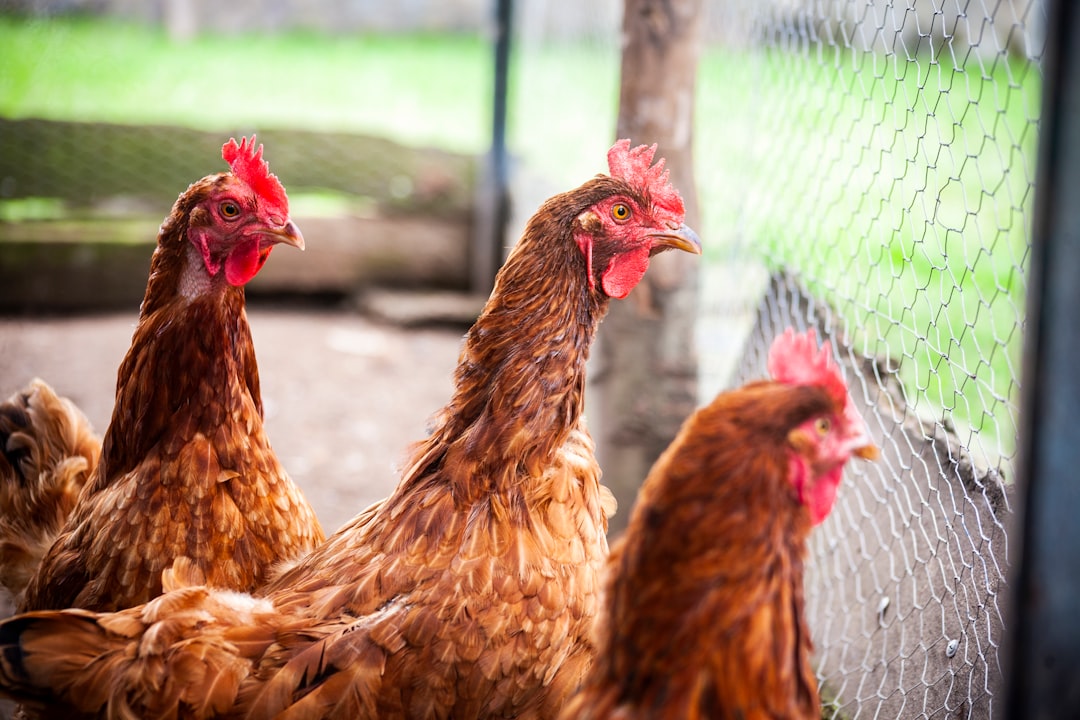What is it about?
Tsetse flies transmit sleeping sickness to humans and nagana to their livestock and wildlife when taking their blood meals from these hosts. The flies locate these preferred hosts and avoid non-preferred hosts by evaluating visual and odors cues from these hosts. The fly deciphers the odor cues using molecular processes resident in their antennae. We thus initiated annotating genes putatively associated with these processes. Our initial focused was on canonical chemosensory genes. We later learnt from transcriptome data that significant proportion of genes associated with antennal processes were not annotated. We thus devised an innovative approach that combined biological and computational approach that identified and annotated 202 novel genes associated these gaps in the genome of Glossina morsitans morsitans tsetse fly. The annotations revealed further insight in antennal function beyond odor perception. The annotation pipeline we developed in the process has potential application in updating annotation of any genome.
Featured Image

Photo by Varun Verma on Unsplash
Why is it important?
Antennae play play unique role in host location in tsetse fly. There is thus a concerted effort to decipher molecular mechanism that mediate host location process in the fly. This effort is motivated by understanding that disruption of the mechanism can alter vectorial capacity in tsetse flies, reducing their potential to transmit trypanosomiasis to humans and their livestock. Our innovative approach expanded our knowledge of repertoire genes putatively associated with these mechanisms, providing additional targets modulating tsetse fly host seeking behaviors.
Perspectives
This study was both challenging and rewarding. The sturdy established a pipeline for improving annotation of any genome with available transcriptome data, and was driven by master student (Ms. Billiah Bwana) a belief that RNA-Seq data is the absolute “gold standard” coverage of genes in a genome. The student had a burning desire to develop algorithm and pipeline that placed each transcript in its locus in the genome, hence revealing associated gene in the process that could be annotated. The audacity paid off…
Paul Mireji
Biotechnology Research Institute, Kenya Agricultural and Livestock Research Organisation
Read the Original
This page is a summary of: Annotations of novel antennae-expressed genes in male Glossina morsitans morsitans tsetse flies, PLoS ONE, August 2022, PLOS,
DOI: 10.1371/journal.pone.0273543.
You can read the full text:
Contributors
The following have contributed to this page










